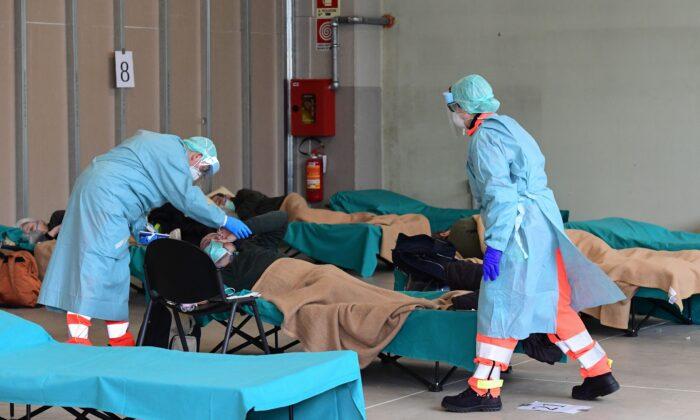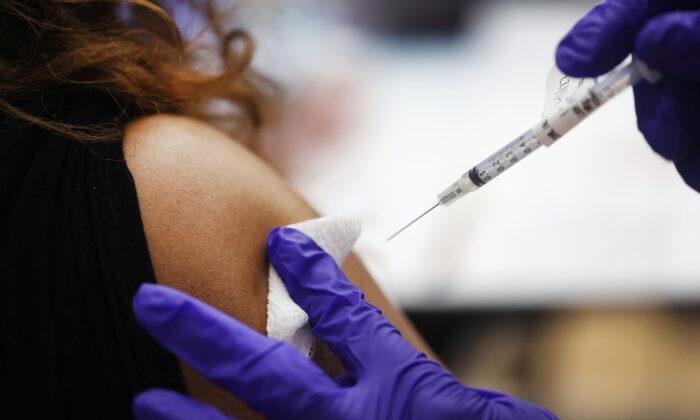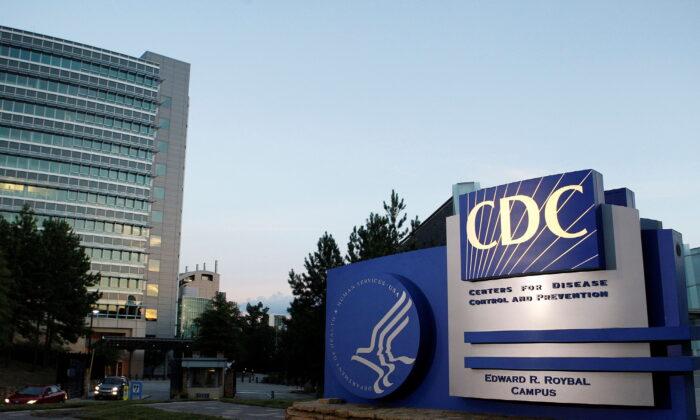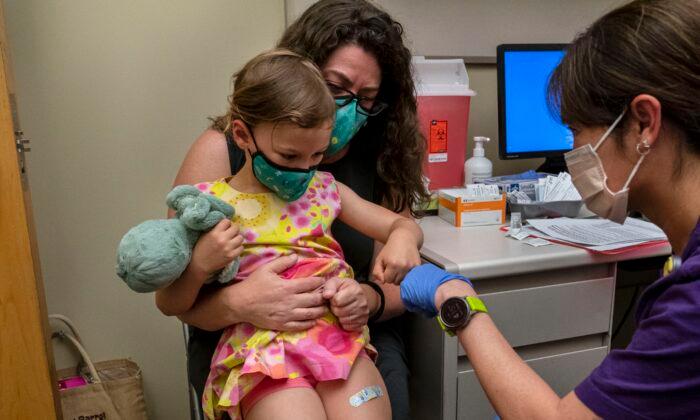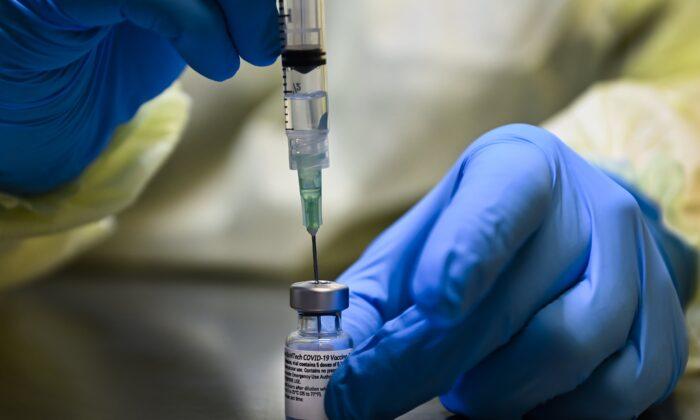While still battling the CCP virus, exhausted Italian doctors from Bergamo, the hardest hit city, say there needs to be a change in the approach to healthcare during a pandemic.
“Solutions for COVID-19 are required for the entire population, not only for hospitals,” wrote the doctors. To better handle the next pandemic, “community-centered care” should be adopted.
Community-centered care involves a network of healthcare, governmental, educational, and community-based organizations working together to look after the health needs of a community.
This differs from the patient-centered model, in which patients are the main decision makers regarding their health care needs and treatment, and physicians are only there to advice, inform, and support.
The current situation in Bergamo is “dismal as we operate well below our normal standard of care,” wrote the doctors. “But the situation in the surrounding area is even worse. Most hospitals are overcrowded, nearing collapse, while medications, mechanical ventilators, oxygen, and personal protective equipment are not available.”
Bergamo, a northern Italian city with a population of 122,000, has seen 27,206 cases and 3,456 deaths from the CCP virus—about half of the total deaths in the country as of March 25.
According to the Anaao Assomed union for medical managers, more than 5,000 health workers in Italy have been infected with the CCP virus due in part to a shortage of personal protective equipment (PPE).
The high rate of infections among the health workers in Italy has put an additional strain on the already exhausted and overworked staff. Those who are infected must stay home for 14 days.
The Bergamo doctors write that a community-centered care with outreach services such as home care and mobile clinics would help to “avoid unnecessary movements and release pressure from hospitals,” as well as delivering pulse oximeters, oxygen therapy, and food to those who are mildly ill or recovering at home. The use of telehealth should also be leveraged.
“This outbreak is more than an intensive care phenomenon, rather it is a public health and humanitarian crisis. It requires social scientists, epidemiologists, experts in logistics, psychologists, and social workers. We urgently need humanitarian agencies who recognize the importance of local engagement.”
New York Hospitals Now Feeling the Strain
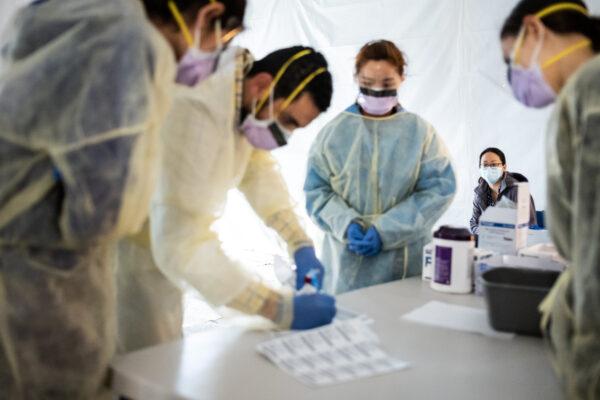
In the United States, New York has been on lockdown since March 22 after Governor Cuomo made the call for non-essential workers to stay at home. Over 30,000 cases have been confirmed and more than 285 people have died.
New York hospitals are beginning to feel maxed out as COVID-19 cases continue to rise and more people are hospitalized.
Northwell Health’s Chief Quality Officer and Deputy Chief Medical Officer Mark Jarrett, MD, told The Epoch Times, “All of our policies has been built on the concept of protecting staff in the best way we can, with the available resources that we have.”
Any workflow that may expose health workers and waste resources are not going ahead at this time. “So, we’re looking to see how we can streamline workflow at a time when our primary concern is maintaining safety and taking care of our patients,” Jarret said.
Like hospitals in other states, Northwell Health facilities are concerned about whether there will be enough medical supplies and PPE in several weeks time.
“We haven’t had an oversupply abundance of masks, but we’ve had enough masks that met our criteria,” Jarret said. “However, we get concerned especially on some specific equipment like ventilators. If this doesn’t start to tail off or slow down, then we’re going to be stretched beyond some of our equipment.”
“We’re looking again to see what things we can do that might multiply our supply. It has been done before and we’re all looking at it now.
“There have been reports before of using ventilator for several patients together,” he said. “There are ways to do it and that way you can expand your supplies.”
Jarret said during this stressful time that the “employee assistance program in [the] behavioral health unit” are offered to support the staff.
To help relieve pressure on hospitals battling the CCP virus, the USNS Comfort has been deployed to New York City. The 1,000-bed hospital ship will focus on treating non-CCP virus patients.
People across the nation are volunteering to sew protective masks for hospitals that are in short supply of PPE amid the pandemic. Meanwhile, some distilleries like Old Forester and Lexington Brewing & Distilling are using their alcohol to make free hand sanitizer for those working on the front lines.
Hand sanitizer with at least 60 percent alcohol should only be used when soap and water are not available to prevent transmission of the CCP virus. Soap and water are the most effective at cleaning away any virus particles.
